重量
1.1 kg
尺寸
16 × 23 厘米
语言
English
格式
精装, 柔性封面
页面
452
出版日期
July 2018
出版商
Lynx Edicions
包含完整分类法和物种清单的核对表
下载 泰国鸟类名录 该指南的作者 Uthai Treesucon 和 Wich’yanan Limparungpatthanakij 专门编制的 PDF 文件。 您可以在复选框中登记您的观察结果,还可以找到宝贵的信息,例如您可以找到最受欢迎的鸟类的当地热点。
说明
最完整、最新的泰国鸟类野外指南。
泰国理所当然是东南亚最受欢迎的观鸟国家。 从栩栩如生的犀鸟、五彩斑斓但躲躲藏藏的雉鸡和皮塔,到世界上最稀有的鸟类之一–勺嘴鹬,这个国家一年四季都充满了趣味。 这本新的野外指南将帮助您识别迄今为止在泰国记录的所有 1049 个物种,包括 20 个泰国特有或接近特有的物种。
- 分类遵循HBW 和 BirdLife International 的《 世界鸟类图解核对表》。
- 详细介绍了现状、栖息地和行为、年龄、性别和地理差异、声音和混淆物种。
- 近 2200 幅插图涵盖所有物种和独特的亚种、飞行中的鸟类、雄鸟和雌鸟、幼鸟以及非繁殖羽色。
- 每个物种的 QR 码,与补充音像资料链接。
- 超过 1025 幅全彩分布图,涵盖除流浪动物以外的所有物种。
- 对标记清晰的亚种群进行了全面介绍,并清楚地绘制了在该地区繁殖的亚种的分布图。
- 包括当地物种名称和当地保护状况。
特点
- 1049 个物种;20 个特有或近特有物种,5 个引进物种,1 个再引进物种,58 个流浪物种。
- c. 2200 幅插图和超过 1025 幅分布图。
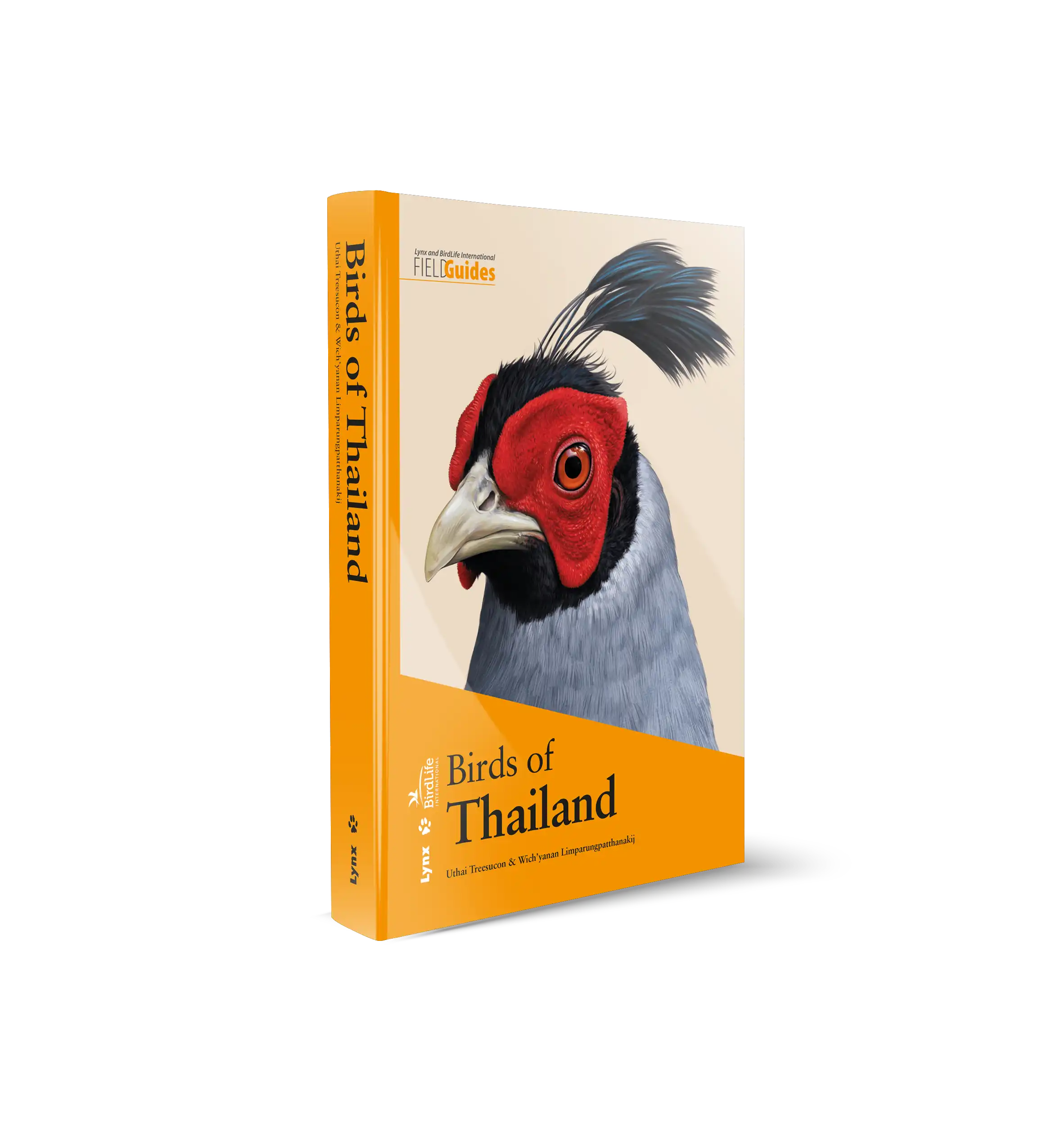
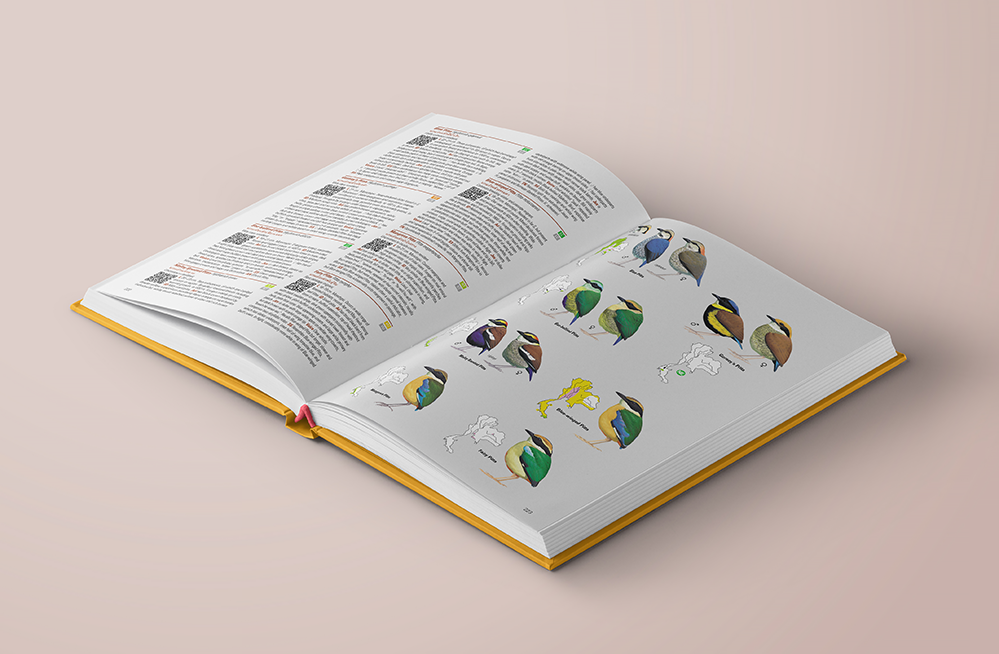
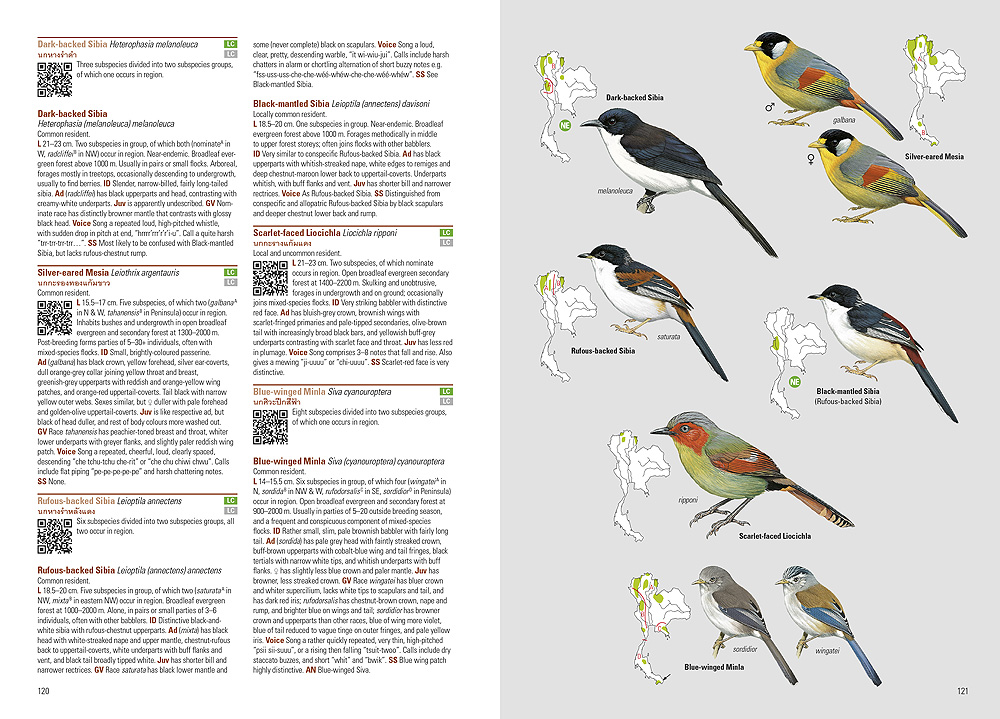

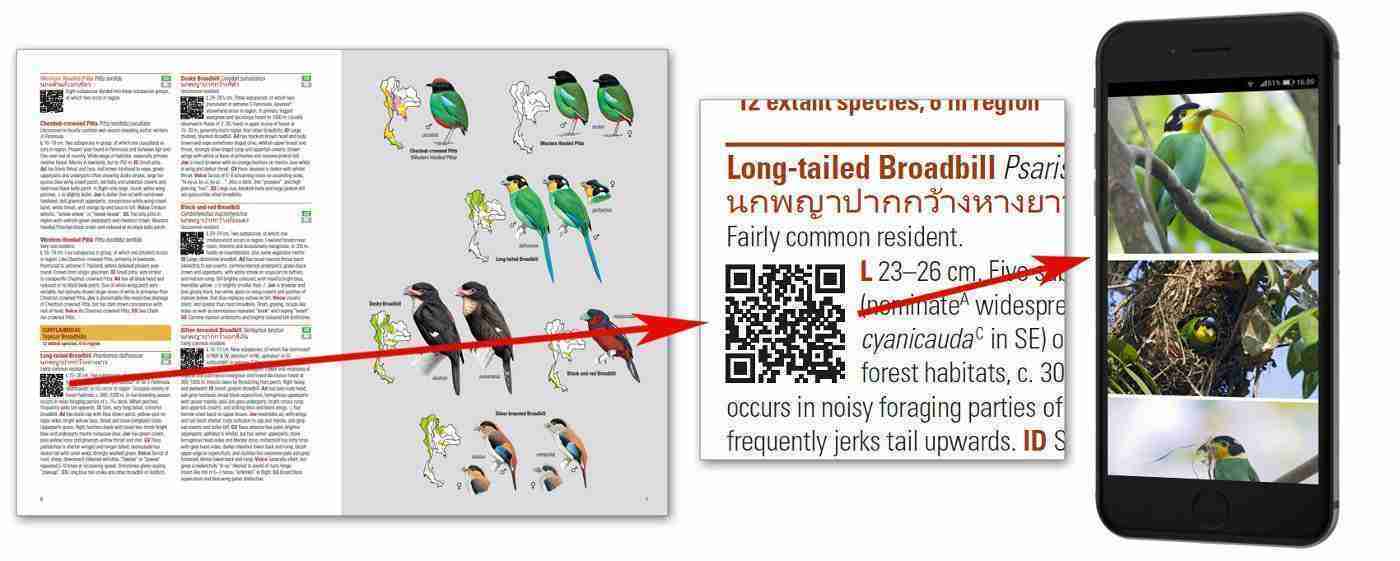
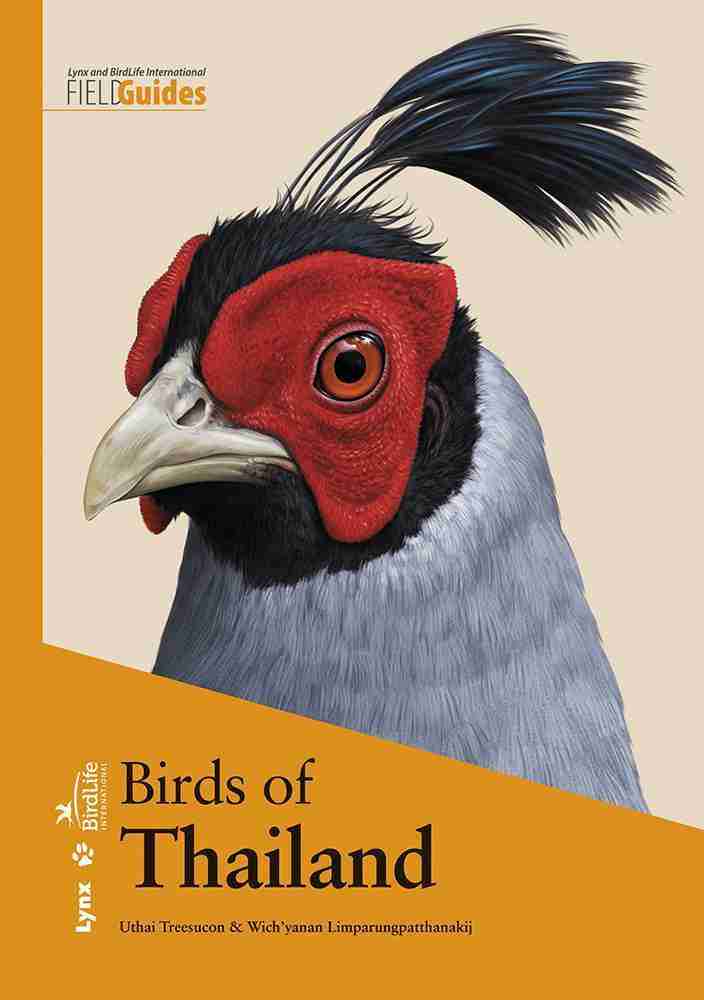
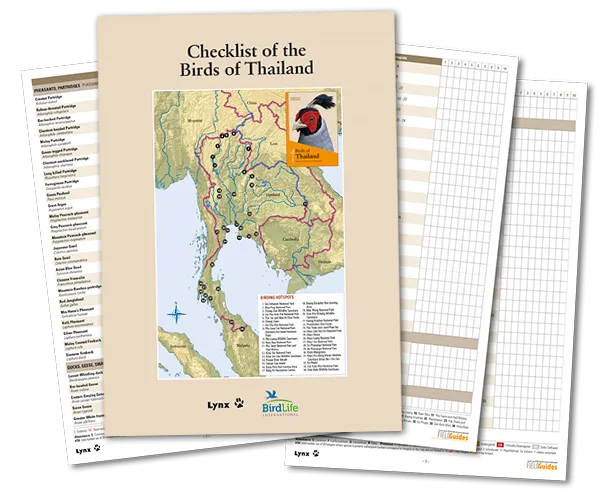

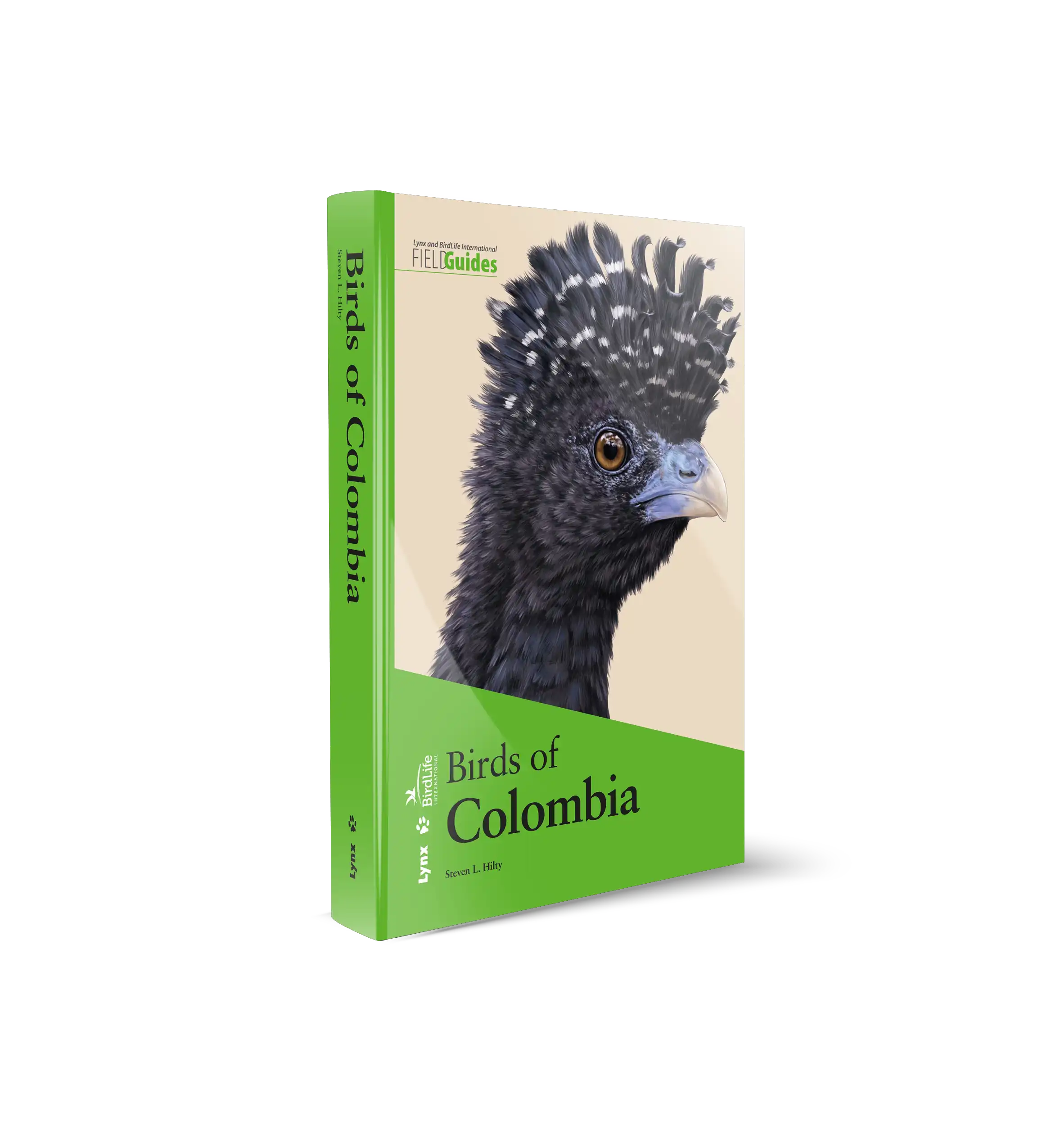

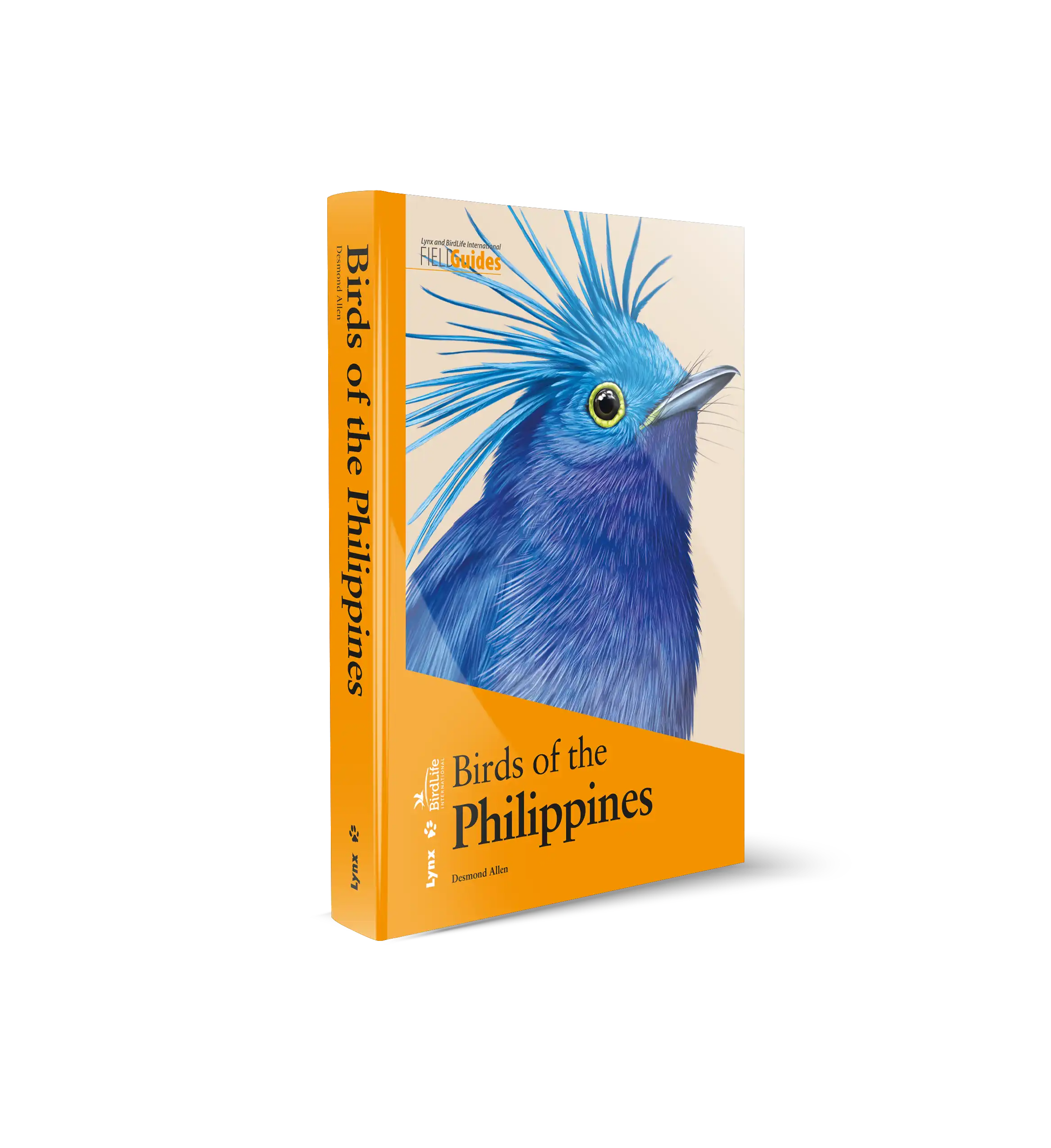
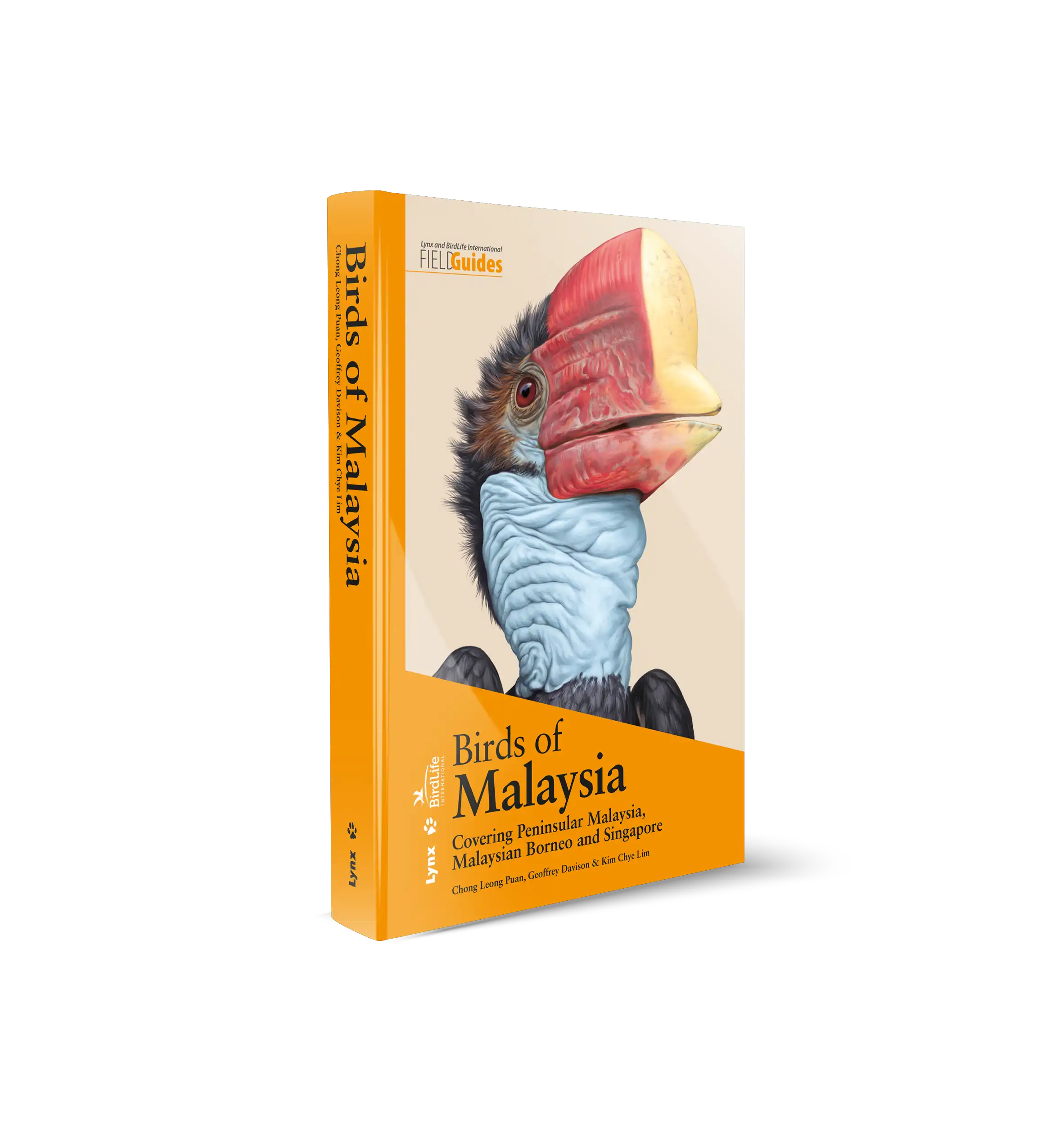
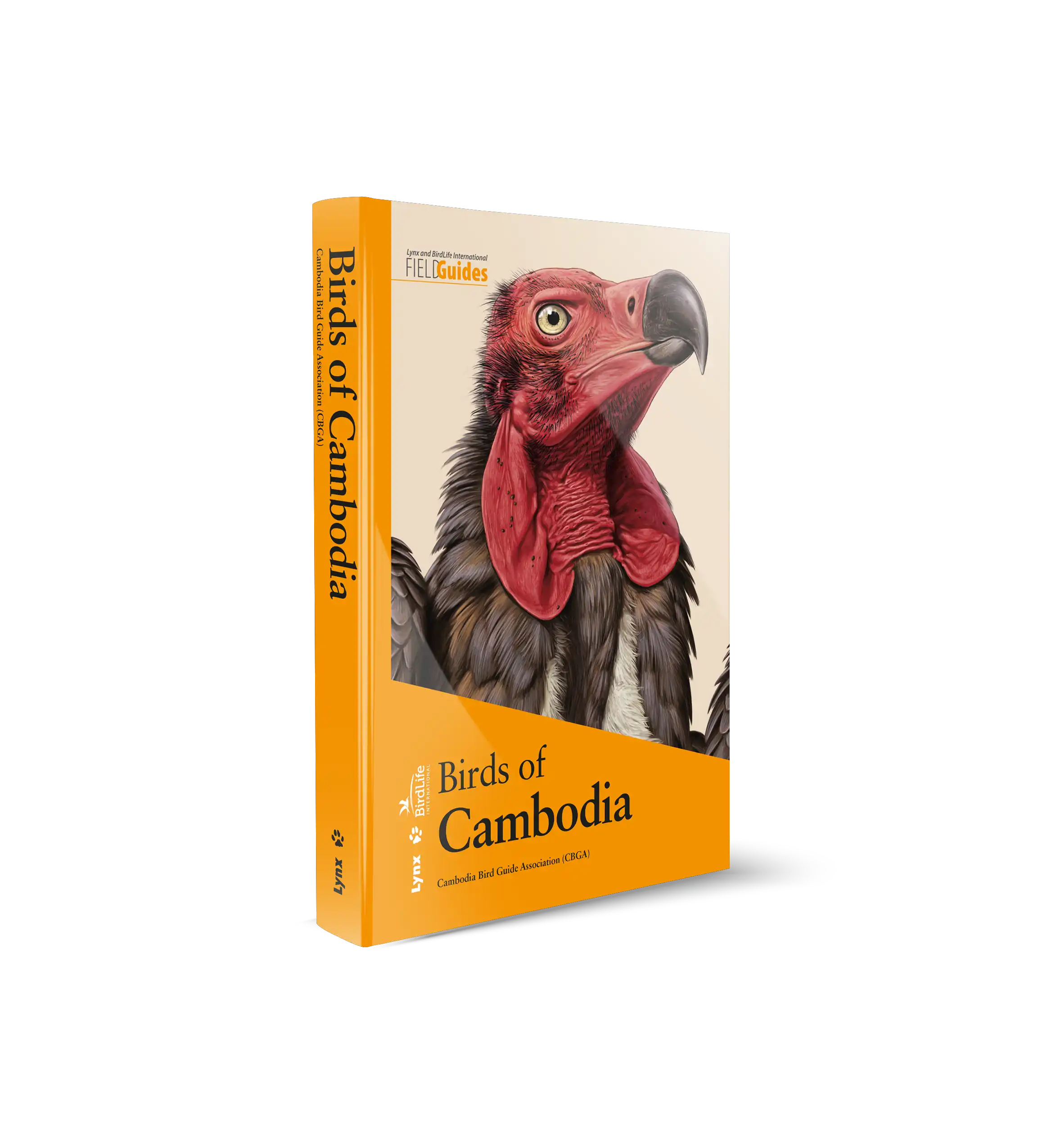
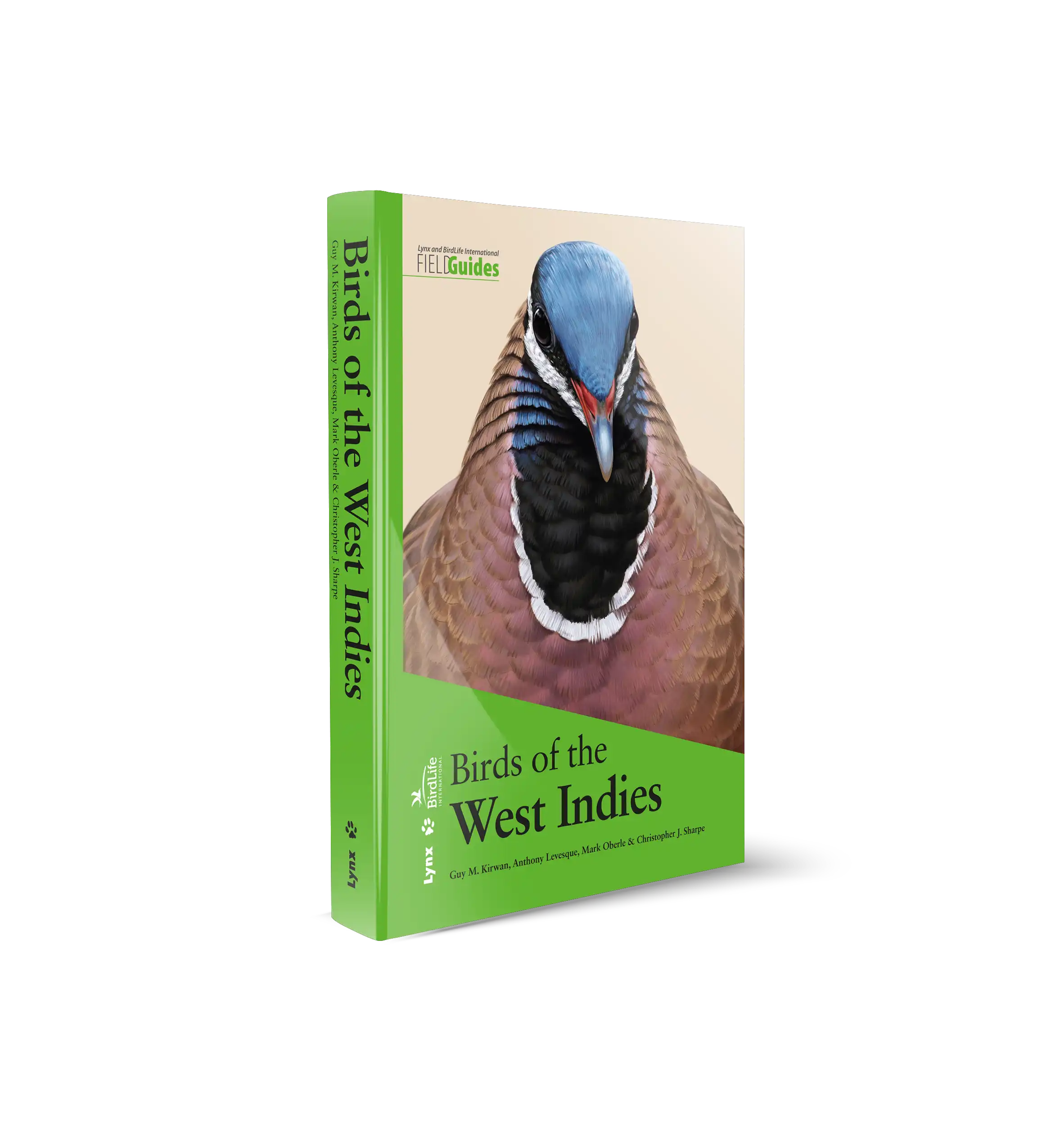
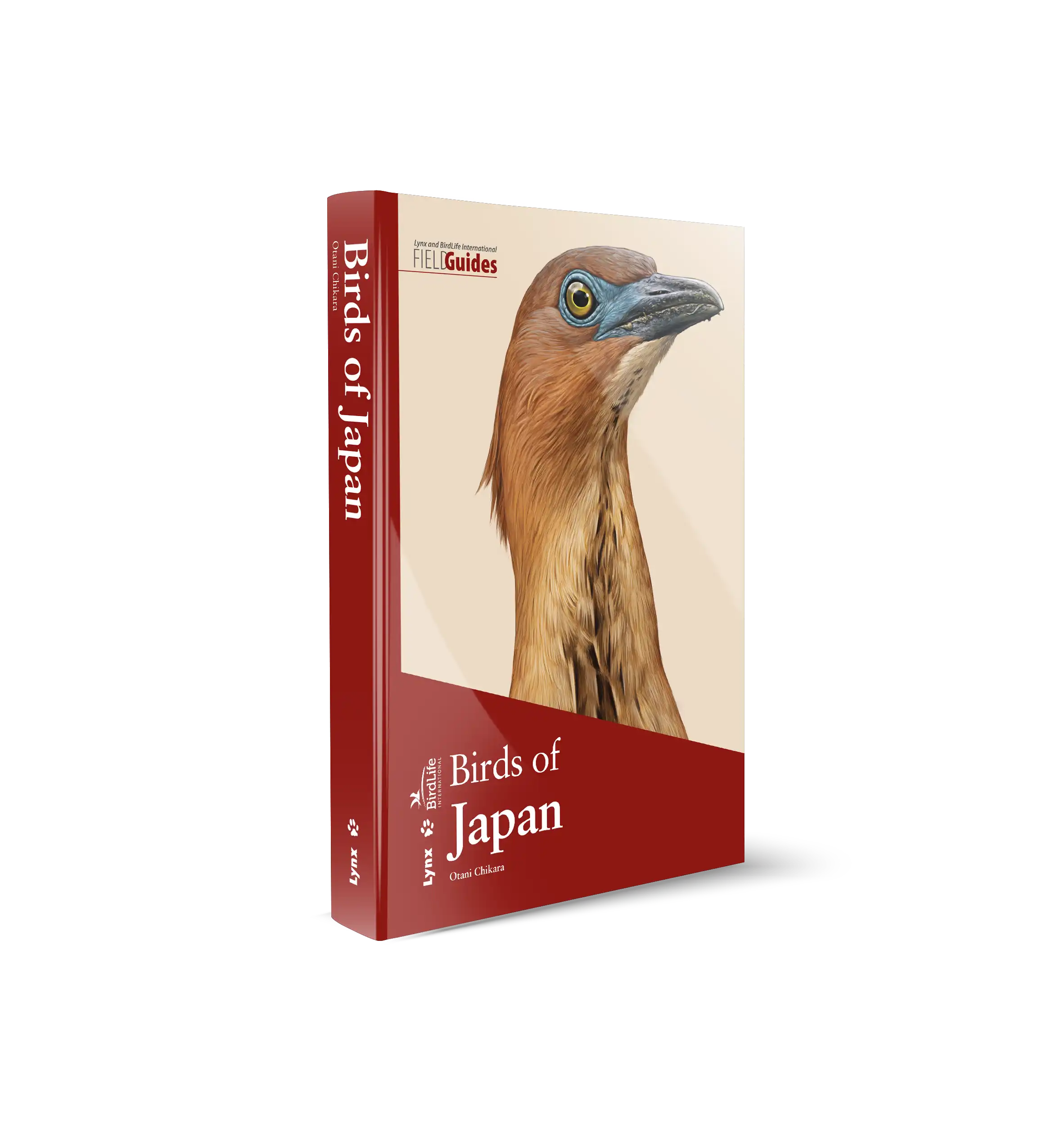
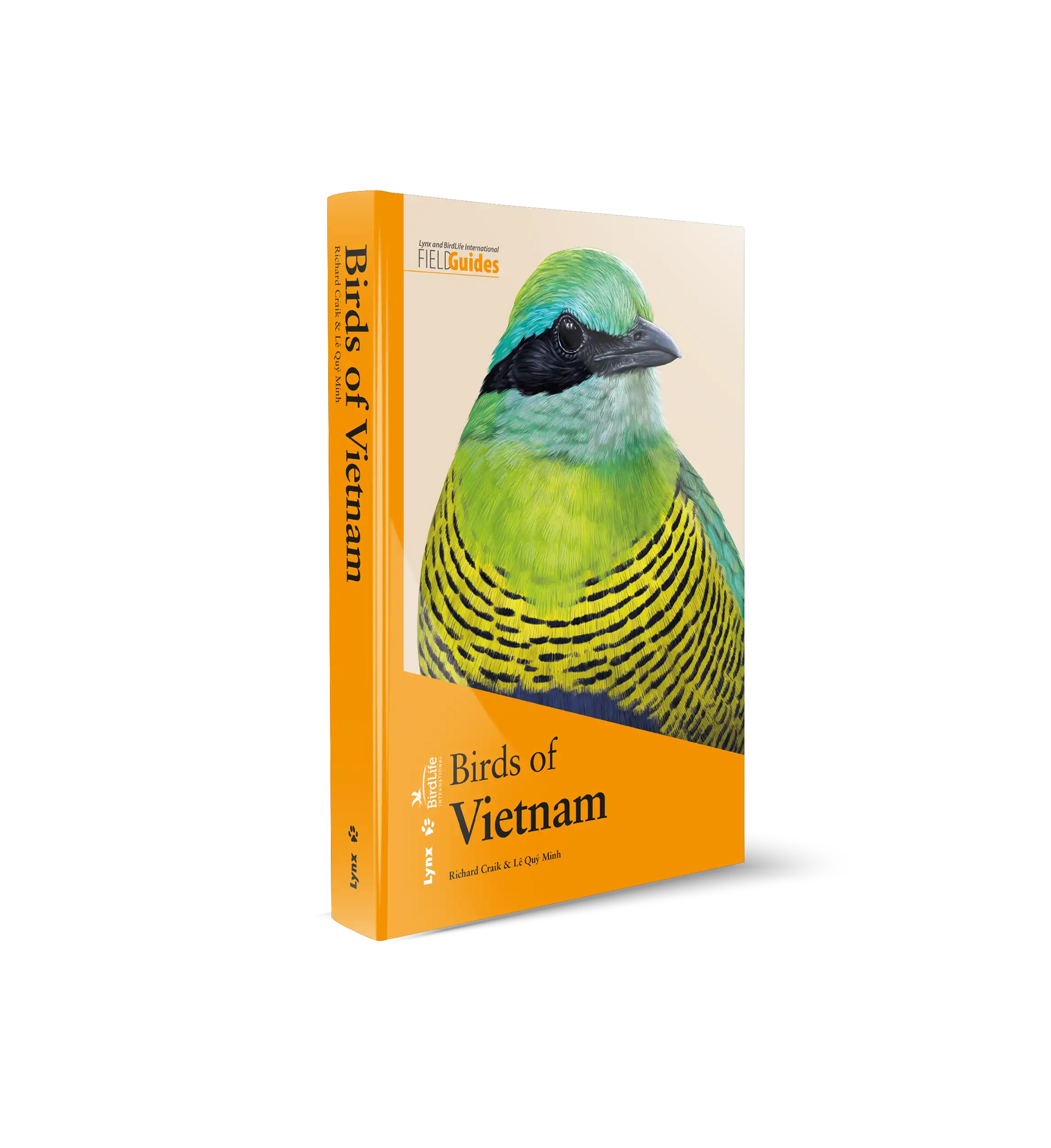
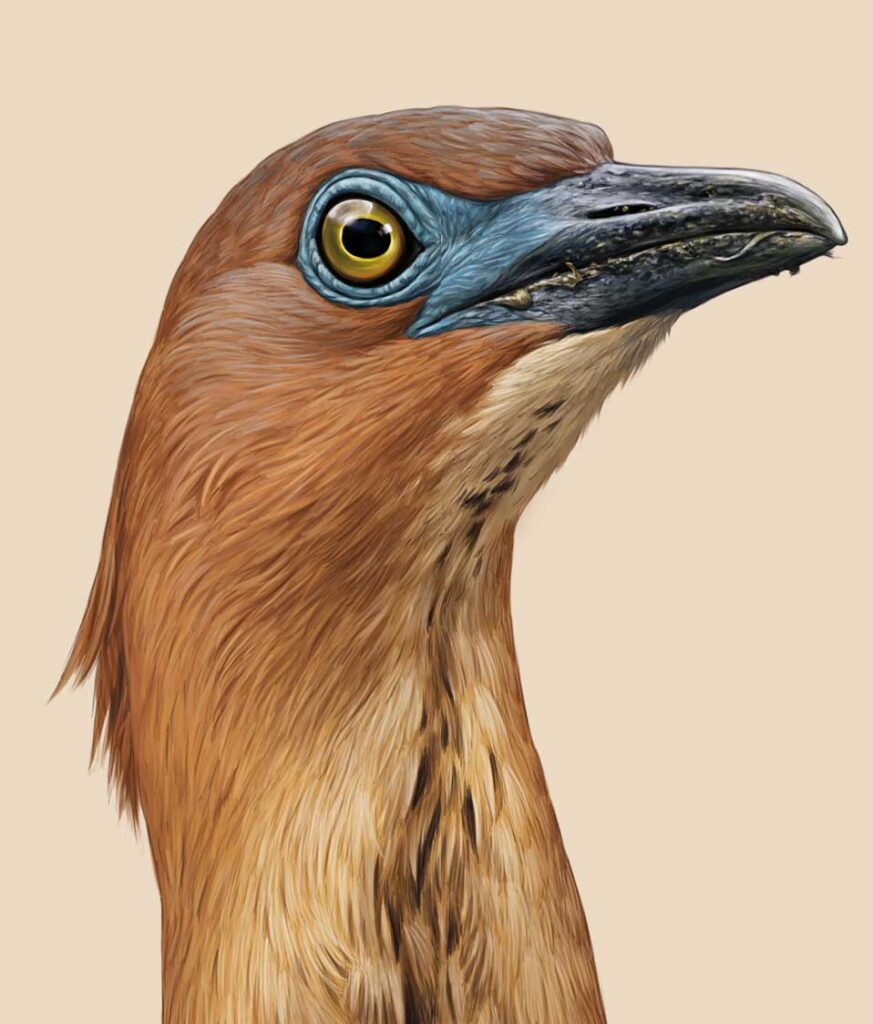








 版权 2025 © Lynx Nature Books
版权 2025 © Lynx Nature Books
Maria Boadella –
Fantastic book, very handful when it comes to ID birds, also the cool thing is they add QR scan code and you can scan and go straight to the website of Ebirds and check for sounds, pictures, and more details, amazing!
Gehan de Silva Wijeyeratne –
Spanning a wide latitudinal range (from 6 degrees North near the equator to over 19 degrees North) and a multiplicity of habitats, Thailand is an astonishingly biodiverse country. Its unusual shape understates its geographical area of just over half a million square kilometres. That is around twice that of Britain and four times that of England. Given the combination of large land mass, latitudinal range from near the equator to the Tropic of Cancer, structural complexity from beaches to high mountains, it is not surprising that it is so species rich. The book I have on the butterflies of Thailand is a door stopper covering just under 1,300 species. I have a field guide to reptiles published in 2015 which covers just over 350 species and I suspect there are many more cryptic species which have been overlooked. Birds are probably the best known faunal group and this new guide covers all 1,049 species recorded at the time of publication. A massive species list, amazing wilderness areas from coastal wetlands to cloud forests, a well-developed tourism infrastructure and its delicious cuisine makes the claim highly plausible that Thailand is the most popular birding destination in South-East Asia
Having visited Thailand more than once, my field guide collection includes classics such as Ben King’s ‘A Field Guide to the Birds of South-East Asia’ published in the 1970s, the later and very useful ‘A Field Guide to the Birds of Southeast Asia’ by Craig Robson, a landmark publication in 2000 and ‘A Guide to the Birds of Thailand’ by Boonsong Lekagul and Philip Round. None of these books have outlived their usefulness, but the new guide from Lynx Edicions does have a number of advantages. Its taxonomy draws on the ‘Handbook of the Birds of the World’ (HBW) and the follow up to it, the ‘Illustrated Checklist of the Birds of the World’, both by Lynx Edicions. Therefore, the taxonomy is up to date and there are useful reminders in the species accounts on recent splits. The book also benefits from a suite of plates painted by some of the best bird artists in the world for the HBW.
The bulk of the book (pages 24-423) are the species accounts, with facing text. The plates typically have between four-sixspecies only. Therefore, it makes for a lengthier book but the plus side is that the plates are not crammed with small illustrations and the text is of a generous length, although written in the telegraphic style of field guide text. The White Wagtail has an entire double page spread to itself illustrating five subspecies which have been recorded as migrants. The text by two local lead authors Uthai Treesucon and Wich’yanan Limparungpatthanakij and four supporting authors, covers measurements, identification, distribution, plumages of different growth stages, geographical variation, similar species etc. Voice, critical for detection and identification of many forest species, is covered in good detail. Subspecies are generally are well covered although with some birds (for example Northern Sooty-headed Bulbul Pycnonotus aurigaster) references are made only to the key subspecies.
A new feature developed by Lynx Edicions is the addition of QR codes. This is a game changer and I suspect more and more ornithological field guides will follow this lead. For anyone who has eschewed tech, it only takes a minute to download a free QR reader onto a smartphone. Holding it over the QR code brings up a link which you can click on to take you to an internet resource. Why it is so useful and not gimmicky is that the links provided make it easy to listen to calls and songs without the bother of having to search the internet for something suitable. The work has already been done for you. Another innovation is the flexible, synthetic cover which may offer some protection from the onset of rain which has ruined many a book in the field.
The species accounts are split by family demarcations, but the families don’t receive a brief introduction which is a departure from sister titles in the series. However, the number of extant species and what is found in the region are listed for each family. For example, the Leaf Warblers which are now in their own family the Phylloscopidae, are described as having 78 species in the world, with 30 in the region plus 3 vagrants. The colour coded distribution maps don’t have their own colour or shading for vagrants but this may be discerned by blue dots (as opposed to a swathe of blue shading for regular migrants) to mark occurrences.
The front sections have a ‘General Introduction’ and ‘Geographical Scope’ which should be read in the trip planning stages as it has valuable pointers on what type of physical terrain and plant and avifaunal communities are found in different regions of the country. This is also complemented by a section on ‘Habitats’ which briefly introduces different habitats such as deciduous forest, bamboo forest and limestone forest. There are just over four pages on ‘Birding hotspots’ accompanied by a numbered map to 34 sites. A larger version of this map is also on the inside back cover and the latter would have benefited from a few of the larger towns and cities being marked on it for orientation. A surprising amount of information is condensed into the hotspot summaries from the type of habitat and key species to the all-important details of logistics; how to get there and where to stay. Although Bangkok is frequently ensnared in traffic I have found that one can move around reasonably well on Thailand’s motorways and this section does some good ideas on where you may be able to go birding even if your visit to Thailand is for a family holiday to a tourist hotspot rather than a bespoke birding tour.
The section on ‘Bird Conservation’ has a long and sobering list of species which warrants a threat category, due to various factors including loss of habitat, hunting and trapping. In the species accounts, the Thai names for birds are shown in Thai script no doubt inspired by the local conservation work undertaken by both of the lead authors. This field guide brings into the market, a sophisticated and thoroughly modern field guide which hopefully will become a platform to inspire more Thai nationals to take up birding. This will help to change attitudes against prevailing practices such as the trapping of wild songbirds and encourage a shift to enjoy watching birds in the wild.